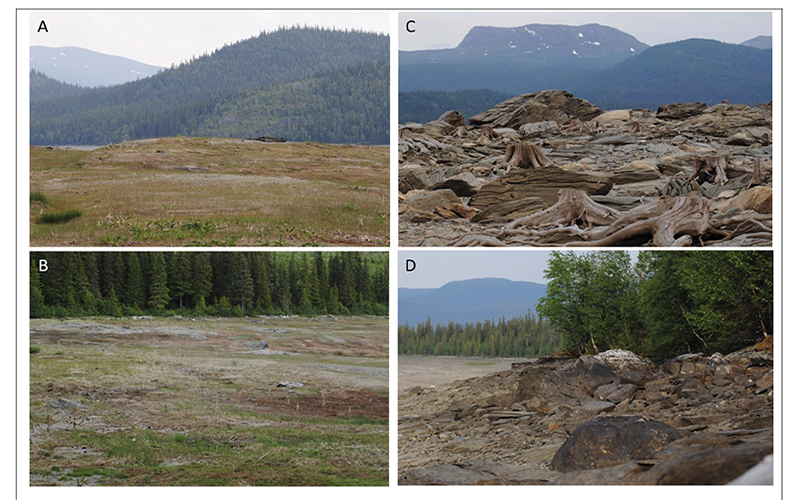Increased knowledge of environmental effects in regulated lakes

To achieve sustainable hydropower production, more knowledge is needed about the environmental effects in regulated lakes and reservoirs, about how the effects can be mitigated, and about how the conditions in lake ecosystems can be improved. Johan Östergren at SLU is now starting up a project with the aim of providing recommendations for how environmental design (e.g. various rehabilitation measures) can be used in regulated lakes and reservoirs, while balancing the needs of ecosystems and society with regard to a future climate.
Regulated lakes and reservoirs are central to the hydropower system through their ability to store energy. They also constitute a large part of Sweden’s water bodies. However, hydropower has a major impact on ecosystems and biodiversity in regulated waters. These regulated waters all once contained natural ecosystems with local species, and they are important for many ecosystem services such as freshwater supply, recreation and culture, and the production of fish for food. Regulated lakes have been modified by raising and lowering the water surface, which has had a major impact on the shallow bottoms closest to the shore (the littoral) in particular. Water levels in the reservoirs are highest in autumn and fall during winter when electricity demand is highest. When water levels drop, sometimes by more than 20 metres, otherwise highly productive bottoms dry up, beaches erode and aquatic plants die. It also affects various fish populations. A regulated lake will initially receive an influx of nutrients from impounded land, but these will be leached out and eventually nutrient levels will fall below the original levels.
The possibility to and way of regulating lakes is likely to be influenced by future climate, and the need for electricity generation will also change and look different in the future.
The aim of the project Environmental design for rehabilitation of regulated lakes and reservoirs is to gain new knowledge on the long-term effects of hydropower production in regulated lakes and reservoirs on biodiversity, with a focus on fish, their availability to food and aquatic vegetation, and on how the effects can be mitigated using environmental design solutions. The aim is also to provide recommendations on how eco-design (e.g. different rehabilitation measures) can be applied in regulated lakes and reservoirs, while balancing the needs of ecosystems and society with respect to a future climate.
This project will be carried out in close cooperation with HydroCen (Norwegian Research Centre for Hydropower Technology) and builds upon their previous work.
- We have taken HydroCens previous work and conclusions as the starting point which showed that the best way forward to improve the environment in hydropower reservoirs is to establish a multidisciplinary research project, where researchers, and power producers and managers can work together, focusing on one or two reservoirs in detail and using this as a pilot. ‘We will combine information and data from fish and their source of feed, aquatic plants, habitats, hydrological measurements, and changes in climate and power production, to then identify possible environmental design solutions and provide recommendations for what environmental measures may be appropriate and what the expected effects of these will be,’ says Johan Östergren.
The project is an important part of the SVC’s goal to strive for a more environmentally friendly hydropower, where the development of hydropower should take place while protecting biodiversity. In this way, the project will also contribute to the ongoing environmental evaluation of all hydropower in Sweden through the National Plan (NAP).
